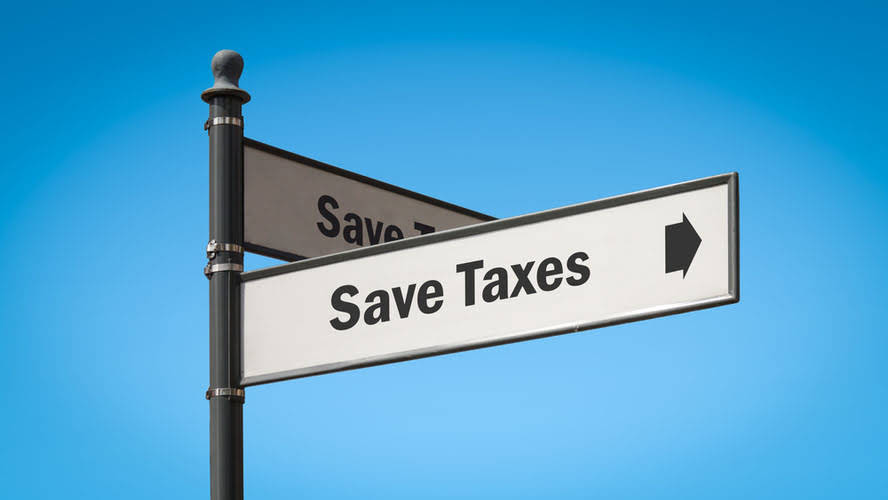Monthly Archives: July 2024
What Is Shareholder Equity SE and How Is It Calculated?

In events of liquidation, equity holders are last in line behind debt holders to receive any payments. On the other hand, issuance of shares and repurchase of shares change the number and value of common shares outstanding, so you will see a for issuances and for repurchases in the common shares column. The additional paid-in capital is taken into consideration only when an investor purchases shares directly from the company.
What is Shareholder’s Equity
In other how is sales tax calculated words, a 9% preferred stock with a par value of $50 being issued or traded in a market demanding 9% would sell for $50. On the other hand, if the market demands 8.9% and the stock is a 9% preferred stock with a par value of $50, then the stock will sell for slightly more than $50 as investors see an advantage in these shares. Assume that a board of directors feels it is useful if investors know they can buy 100 shares of the corporation’s stock for less than $5,000. In other words, they prefer to have the price of a share trading between $40 and $50 per share. If the market price of the stock rises to $80 per share, the board of directors can move the market price of the stock back into the range of $40 to $50 per share through a 2-for-1 stock split.

What Is Shareholder Equity (SE) and How Is It Calculated?

This figure is typically the largest line item in the shareholders’ equity calculation. You can find a company’s retained earnings on its balance sheet under shareholders’ equity or in a separate statement of retained earnings. Dividend payments by companies to its stockholders (shareholders) are completely discretionary. Companies have no obligation whatsoever to pay out dividends until they have been formally declared by the board. There are four key dates in terms of dividend payments, two of which require specific accounting treatments in terms of journal entries. There are various kinds of dividends that companies may compensate its shareholders, of which cash and stock are the most prevalent.
- If the dividend percentage on the preferred stock is close to the rate demanded by the financial markets, the preferred stock will sell at a price that is close to its par value.
- For example, under IRC Section 301, certain distributions may have differing tax treatments based on their classification.
- Assume that a board of directors feels it is useful if investors know they can buy 100 shares of the corporation’s stock for less than $5,000.
- To use this method, subtract total liabilities from the market capitalization obtained by multiplying the number of shares by the current share price.
What Does a Shareholders’ Equity Ratio of 100% Indicate?

This influence allows the investor to participate in the financial and operating policy decisions of the investee, distinguishing it from passive investments. Initially, the investment is recorded at cost, encompassing both the purchase price and directly attributable transaction costs, such as legal fees or broker commissions. In fact, these two categories are so important that the Statement of Changes in Equity is divided into share capital and retained earnings. Now that we know how important this distinction between cash received from shareholders and earnings on these contributions, let’s back up and discuss the Statement of Changes in Equity. That is why individuals usually hesitate to invest in companies with negative SE, deeming them to be an unsafe or risky investment option. Nonetheless, while SE is certainly one of the components that can aid investors in gauging a company’s financial health, it is not an absolute or definitive determinant for the same.

Understanding Retained Earnings

It is statement of stockholders equity calculated by subtracting a company’s total liabilities from its total assets. The total shareholders’ equity is calculated as the difference between the total assets a company has and the total liabilities or debt. While assets are the company’s resources and include everything from cash to physical items, liabilities are the debt it requires repaying.
- The total book value of the preferred stock is the book value per share times the total number of preferred shares outstanding.
- Cash takes up a large portion of the balance sheet, but cash is actually not considered an asset because it is expected that cash will be spent soon after it comes into the business.
- The items that would be included in this line involve the income or loss involving foreign currency transactions, hedges, and pension liabilities.
- It is instrumental in determining the company’s generated returns as opposed to the cumulative amount invested by its equity investors.
- Let’s assume that ABC Company has total assets of $2.6 million and total liabilities of $920,000.
- This figure is typically the largest line item in the shareholders’ equity calculation.
- Long-term liabilities are obligations that are due for repayment over periods longer than one year.
- For the past 52 years, Harold Averkamp (CPA, MBA) has worked as an accounting supervisor, manager, consultant, university instructor, and innovator in teaching accounting online.
- Officers of a corporation are appointed by the board of directors to execute the policies that have been established by the board of directors.
- If a 10% cumulative preferred stock having a par value of $100 has a call price of $110, and the corporation has two years of omitted dividends, the book value per share of this preferred stock is $130.
- Below is a break down of subject weightings in the FMVA® financial analyst program.
- The following are the components that make up the stakeholders’ equity section in the balance sheet.
- A company’s shareholders’ equity tells the investor how effectively a company is using the money it raises from its investors in order to generate a profit.
- Because laws differ somewhat from state to state, accounting for corporations also differs somewhat from state to state.
The reinvestment from the shareholders indicates their attitude towards the company, which is positive if the performance is good and as expected. Liabilities also include amounts received in advance for a future sale or for a future service to be performed. Therefore, always consult with accounting and tax professionals for assistance with your specific circumstances. As the calculation shows, the weighted-average number of shares of common stock for the year was 1,325. To record an appropriation of retained earnings, the account Retained Earnings is debited (causing this account to decrease), and Appropriated Retained Earnings is credited (causing this account to increase). Corporations are able to offer a variety of features in their preferred stock, with the goal of making the stock more attractive to potential investors.
Dividend Payments
- Some valuable items that cannot be measured and expressed in dollars include the company’s outstanding reputation, its customer base, the value of successful consumer brands, and its management team.
- If a corporation has a limited amount of cash, but needs an asset or some services, the corporation might issue some new shares of stock in exchange for the items.
- She specializes in writing about investment topics ranging from traditional asset classes and derivatives to alternatives like cryptocurrency and real estate.
- When its articles of incorporation are prepared, a business will often request authorization to issue a larger number of shares than what is immediately needed.
- Conceptually, stockholders’ equity is useful as a means of judging the funds retained within a business.
- A separate line within stockholders’ equity that reports the corporation’s cumulative income that has not been reported as part of net income on the corporation’s income statement.
- To see a more comprehensive example, we suggest an Internet search for publicly-traded corporation’s Form 10-K.
If the fair value is less than the carrying amount, an impairment loss is recorded in the investor’s income statement. This ensures the investment’s book value reflects its fair market value, offering stakeholders a transparent view of the investor’s financial position. The equity Partnership Accounting method of accounting is grounded in the concept of significant influence, presumed when an investor holds 20% to 50% of an investee’s voting stock.

